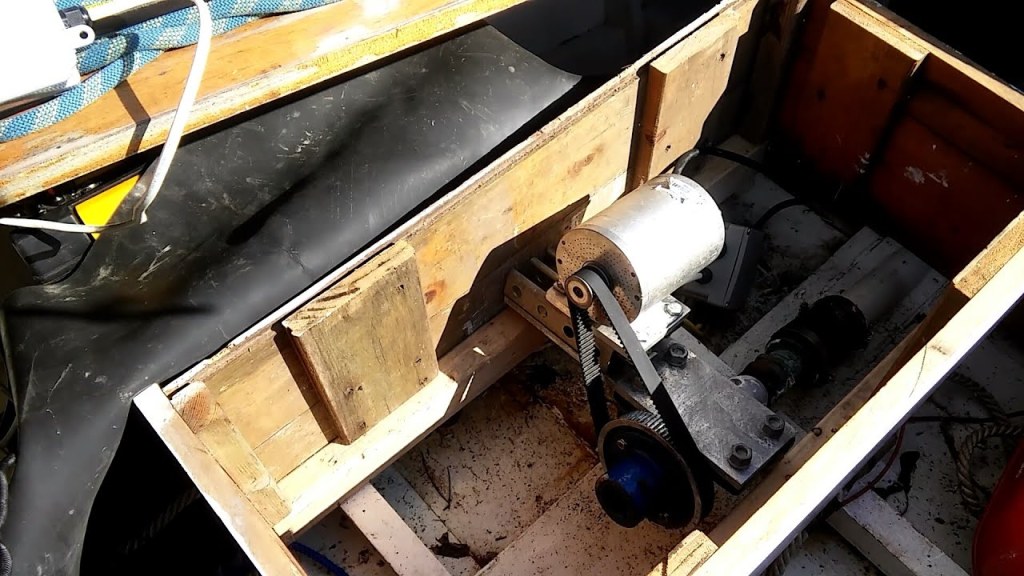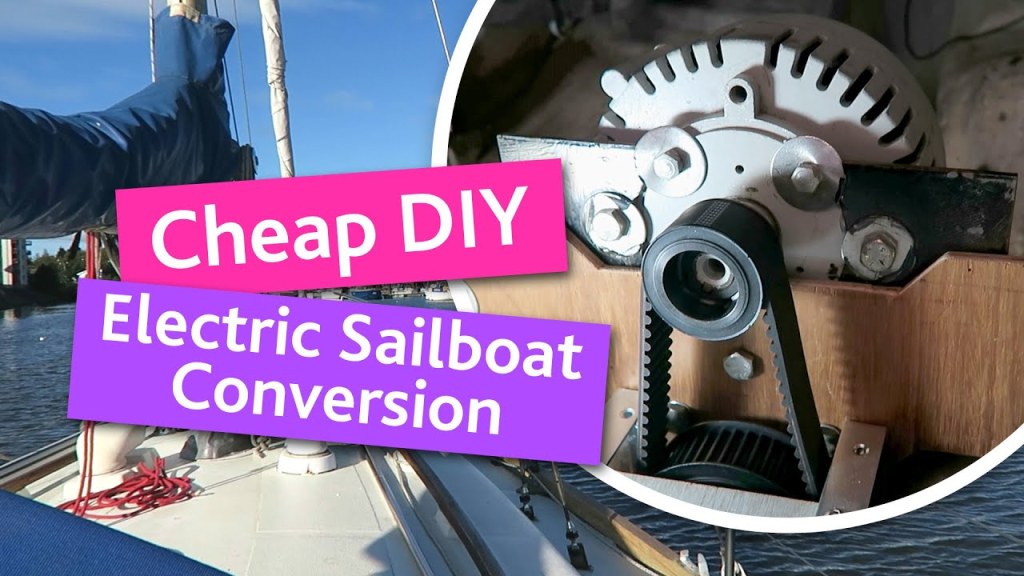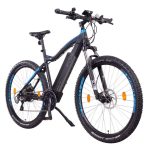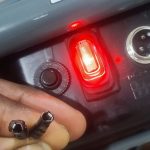Revolutionize Your Boat With DIY Electric Inboard Boat Motor- Unleash The Power And Take Action Now!
Diy Electric Inboard Boat Motor: A Cost-Effective Solution for Eco-Friendly Boating
Smart Readers,
Welcome to our informative article on DIY electric inboard boat motors. In this piece, we will delve into the world of eco-friendly boating and explore the advantages of building your own electric inboard boat motor. With the increasing concern for the environment, many boating enthusiasts are turning to electric propulsion as a sustainable alternative to traditional gasoline-powered engines. Let’s explore the world of DIY electric inboard boat motors and how they can revolutionize the way we navigate the waters.
3 Picture Gallery: Revolutionize Your Boat With DIY Electric Inboard Boat Motor- Unleash The Power And Take Action Now!
Introduction
Boating has long been a popular recreational activity, but its impact on the environment cannot be ignored. The noise, pollution, and carbon emissions associated with traditional gas-powered engines have raised concerns among environmentalists and boaters alike. The development of electric inboard boat motors offers a promising solution to these issues.
Electric inboard boat motors are powered by batteries, which provide a silent and clean energy source. By eliminating the need for fuel, these motors significantly reduce carbon emissions and minimize noise pollution. Additionally, electric motors require less maintenance and have fewer moving parts, resulting in lower long-term costs for boaters.

Image Source: ytimg.com
Now, let’s dive deeper into the world of DIY electric inboard boat motors and explore the benefits and intricacies of building your own eco-friendly propulsion system.
What is a DIY Electric Inboard Boat Motor?
Building a DIY electric inboard boat motor involves converting a conventional gasoline-powered inboard motor into an electric-powered one. This conversion typically includes removing the internal combustion engine and replacing it with an electric motor, batteries, and a controller. The process requires technical expertise and knowledge of marine electrical systems.
By opting for a DIY approach, boaters have the opportunity to customize their electric propulsion system according to their specific needs and preferences. This flexibility allows for greater control over the performance, range, and speed of the boat, making the overall boating experience more enjoyable.
Who Can Benefit from a DIY Electric Inboard Boat Motor?
DIY electric inboard boat motors are suitable for a wide range of boaters, from recreational enthusiasts to commercial operators. Whether you own a small pleasure craft or a larger vessel, the benefits of electric propulsion are applicable to all types of boats.

Image Source: ytimg.com
Recreational boaters can enjoy the peace and tranquility of electric boating without the noise and fumes associated with traditional engines. Commercial operators, such as tour companies and water taxis, can enhance their eco-friendly image and attract environmentally-conscious customers. Additionally, electric propulsion can provide a competitive advantage by offering lower operating costs and reduced maintenance.
When Should You Consider a DIY Electric Inboard Boat Motor?
If you are passionate about boating and concerned about the environmental impact of traditional engines, now is the perfect time to consider a DIY electric inboard boat motor. The advancements in battery technology and increasing availability of electric components have made building your own electric propulsion system more accessible than ever before.
Additionally, the rising cost of fuel and the desire for quieter and more sustainable boating experiences have further fueled the demand for electric propulsion. By embracing a DIY approach, you have the opportunity to contribute to the green boating movement and save on long-term operating costs.
Where Can You Build a DIY Electric Inboard Boat Motor?
Building a DIY electric inboard boat motor requires access to appropriate tools, technical knowledge, and a suitable workspace. Many boaters choose to convert their engines in a well-equipped garage or workshop, ensuring they have the necessary resources at their disposal.

Image Source: ytimg.com
It is essential to have a dedicated area where you can work safely and comfortably. This space should be well-ventilated, well-lit, and free from any potential hazards. Additionally, having access to specialized tools and equipment, such as a hoist or crane, can greatly facilitate the conversion process.
Why Choose a DIY Electric Inboard Boat Motor?
There are several compelling reasons to choose a DIY electric inboard boat motor over traditional gasoline-powered engines:
1. Environmental Friendliness:
Electric motors produce zero emissions, making them environmentally friendly and compliant with increasingly strict marine regulations. By choosing electric propulsion, you can minimize your carbon footprint and contribute to the preservation of our waterways.
2. Cost Savings:
Electric motors have lower operating costs compared to their gasoline counterparts. While the initial investment for batteries and components may be higher, the long-term savings on fuel and maintenance make electric propulsion a cost-effective choice.
3. Noise Reduction:
Electric motors operate silently, providing a peaceful and enjoyable boating experience. Say goodbye to the disruptive noise of traditional engines and embrace the tranquility of electric boating.
4. Minimal Maintenance:
Electric motors have fewer moving parts, resulting in reduced maintenance requirements. With fewer components prone to wear and tear, you can spend less time and money on repairs, allowing for more time on the water.
5. Customization Options:
A DIY electric inboard boat motor allows for customization to suit your boating needs. From adjusting the motor’s power output to optimizing battery capacity, you have the flexibility to create a propulsion system tailored to your vessel and preferences.
FAQs About DIY Electric Inboard Boat Motors
1. Can I convert any boat to an electric inboard motor?
While most boats can be converted to electric propulsion, it is essential to consider the weight and size of the batteries, as well as the power requirements of the electric motor. Consulting with a marine electrician or engineer can help determine the feasibility of the conversion for your specific boat.
2. How long does it take to convert a boat to an electric inboard motor?
The time required to convert a boat to an electric inboard motor varies depending on the complexity of the conversion and the availability of resources. On average, the conversion process can take several weeks to a few months.
3. How far can I travel on a single charge with an electric inboard motor?
The range of an electric inboard motor depends on various factors, including the capacity of the batteries, the boat’s weight, and the cruising speed. Generally, electric boats have a range of 20-50 miles on a single charge, but this can vary significantly.
4. Are there any government incentives for electric boating?
Some regions offer incentives, tax credits, or grants for transitioning to electric propulsion. Researching local government programs or contacting marine associations can provide valuable information on potential incentives available in your area.
5. Can I still have a backup engine with an electric inboard motor?
Yes, it is possible to have a backup engine, commonly referred to as a range-extender, in combination with an electric inboard motor. A range-extender is a small gasoline engine that charges the batteries when they are depleted, providing additional range and peace of mind.
Conclusion: Embrace a Sustainable Boating Experience with DIY Electric Inboard Boat Motors
In conclusion, DIY electric inboard boat motors offer a cost-effective and environmentally friendly solution for boaters seeking a sustainable alternative to traditional engines. By building your own electric propulsion system, you can enjoy a silent, emission-free, and customizable boating experience while minimizing operating costs and reducing maintenance requirements.
Embrace the green boating movement and contribute to the preservation of our waterways. Start your journey towards a more sustainable future by considering a DIY electric inboard boat motor for your next boating adventure.
Disclaimer:
The information provided in this article is for informational purposes only and should not be considered as professional advice. Always consult with a qualified marine electrician or engineer before attempting any DIY projects or modifications to your boat’s propulsion system. Safety should be a top priority when working with electrical systems, and proper precautions should be taken to ensure the well-being of yourself and others.
This post topic: Electric



